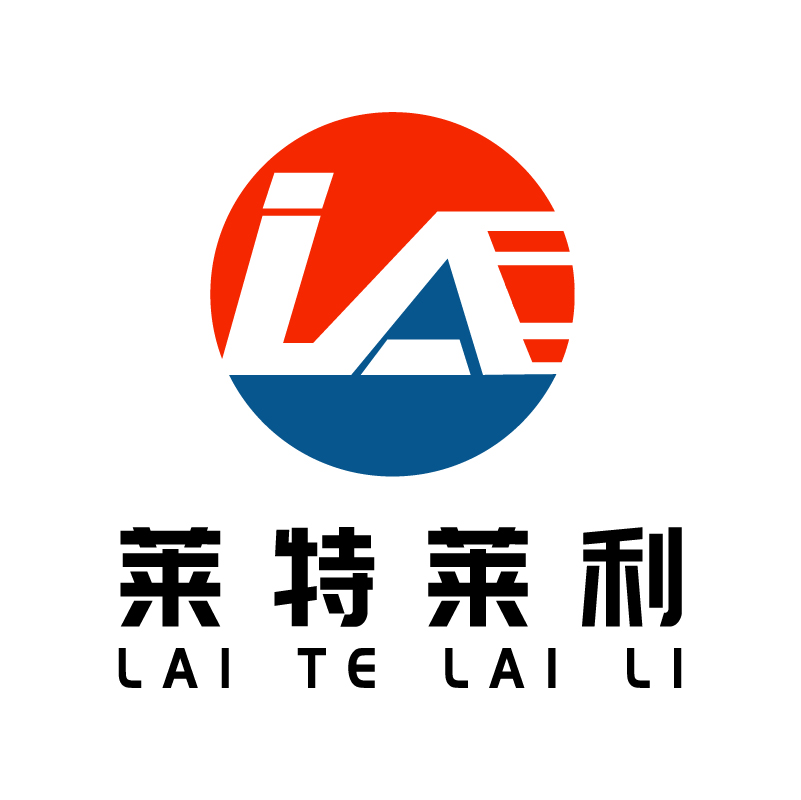What are the steps involved in the production process of mixed base carbon strips?
The production process of mixed base carbon strips is a complex and delicate process that combines the advantages of wax-based carbon strips and resin-based carbon strips to produce carbon strip products with excellent printing results and durability. In general, the production process of mixed base carbon belt mainly includes the following steps:
1. Prepare raw materials
Main raw materials: The main raw materials of the mixed base carbon strip include toner, resin, wax and various additives (such as wear-resistant agents, solvent resistant agents, etc.). The quality and ratio of these raw materials will directly affect the properties of the final carbon strip.
Base film selection: Polyester (PET) film is usually selected as the base film because it has excellent mechanical strength and thermal stability. The choice of base film is crucial to the performance of the final carbon band.
2. Ink production and coating
Ink production: carbon powder, resin, wax and various additives are mixed according to a certain proportion, and uniform ink is made through grinding and other processes. This process requires strict control of the proportion of raw materials and the fineness of grinding to ensure the quality of the ink.
Coating process: One or more layers of ink are coated on one side of the base film. The coating process needs to be carried out in a controlled environment to ensure that the ink layer is uniform and does not show white spots, wrinkles, and white strips. At the same time, in order to prevent wear and static problems of the print head, a lubricant is applied on the other side of the base film.
3. Drying and curing
Drying process: The coated carbon strip needs to undergo a series of drying processes to remove the solvent and solidify the ink layer. This process requires temperature and time control to ensure that the ink layer is completely dry and cured.
4. Cutting and rewinding
Slitting process: the carbon strip after drying and curing is slitted according to the predetermined width. In the slitter process, the cutting tension and the tightness of the carbon strip need to be precisely mastered to ensure the quality of the carbon strip after slitter.
Rewinding and packaging: rewinding the cut carbon tape onto the paper core and packaging. During the packaging process, attention should be paid to prevent adhesion and damage to the carbon tape, and ensure that the packaging label is clearly distinguishable.
5. Quality inspection and warehousing
Quality inspection: A series of quality inspection for the production of good mixed base carbon strip, including appearance inspection, printing effect test, wear resistance test, etc. Ensure the quality of the carbon strip meets the relevant standards and customer requirements.
Storage: The qualified mixed base carbon tape will be stored in the storage, waiting for delivery or further processing.
Sum up
The production process of the mixed base carbon strip includes several steps, such as raw material preparation, ink production and coating, drying and curing, cutting and rewinding, quality inspection and storage. Each step requires strict control of process parameters and quality standards to ensure that the final production of the mixed base carbon strip has excellent performance and quality. In addition, with the continuous progress of technology and changes in market demand, the production process of mixed base carbon belts is also constantly optimized and improved.



